There's no shortage of things to see at University of California, Berkeley! Below are some of the most popular buildings around campus.
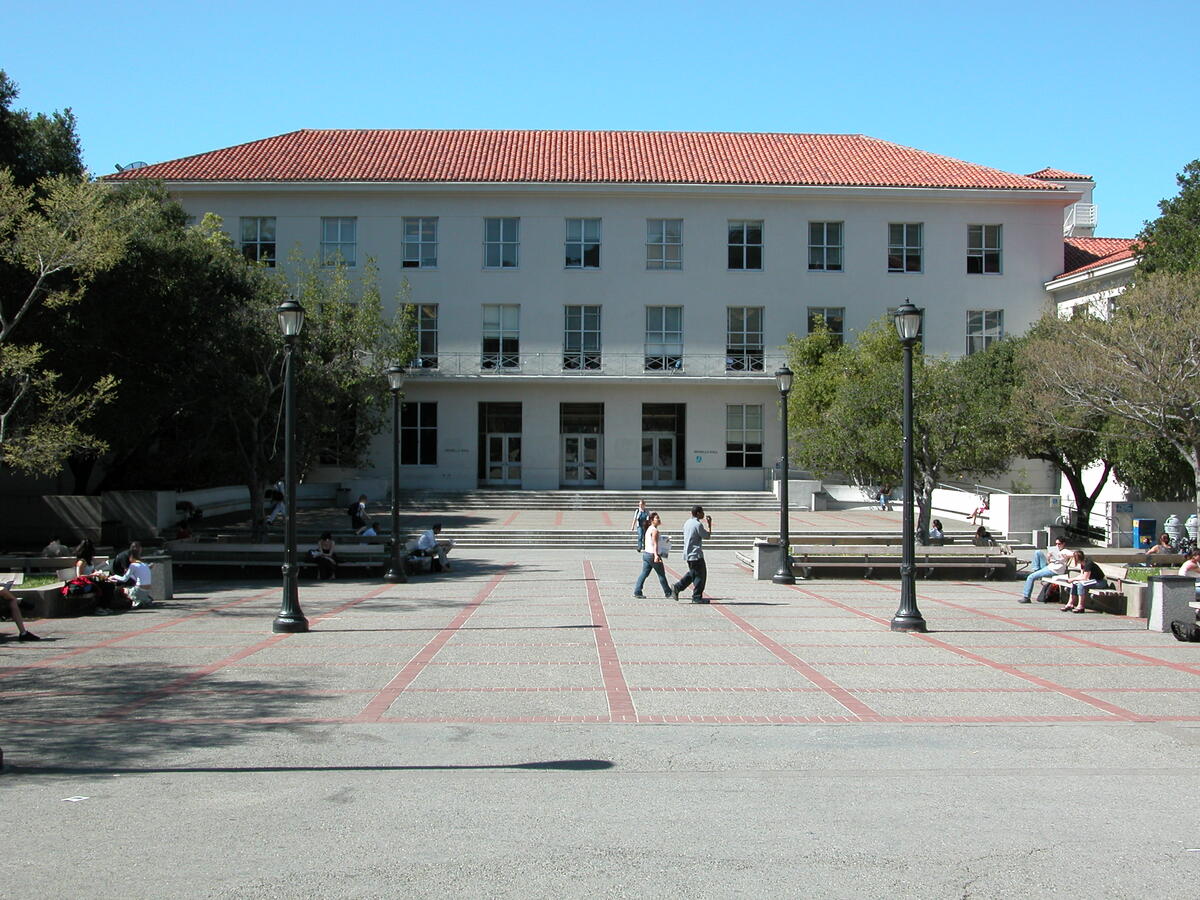
Dwinelle Hall, one of the largest buildings on campus, houses offices and lecture halls for many campus departments in the humanities and social sciences, including some of the 40-plus foreign languages taught at Berkeley. Beware. It’s easy to get lost in Dwinelle, also known as ‘the freshman maze.’

Wheeler Hall is named for Benjamin Ide Wheeler, who served as UC president from 1899 to 1919. This is where you’ll find UC Berkeley’s renowned English department, as well as the largest lecture hall on campus.
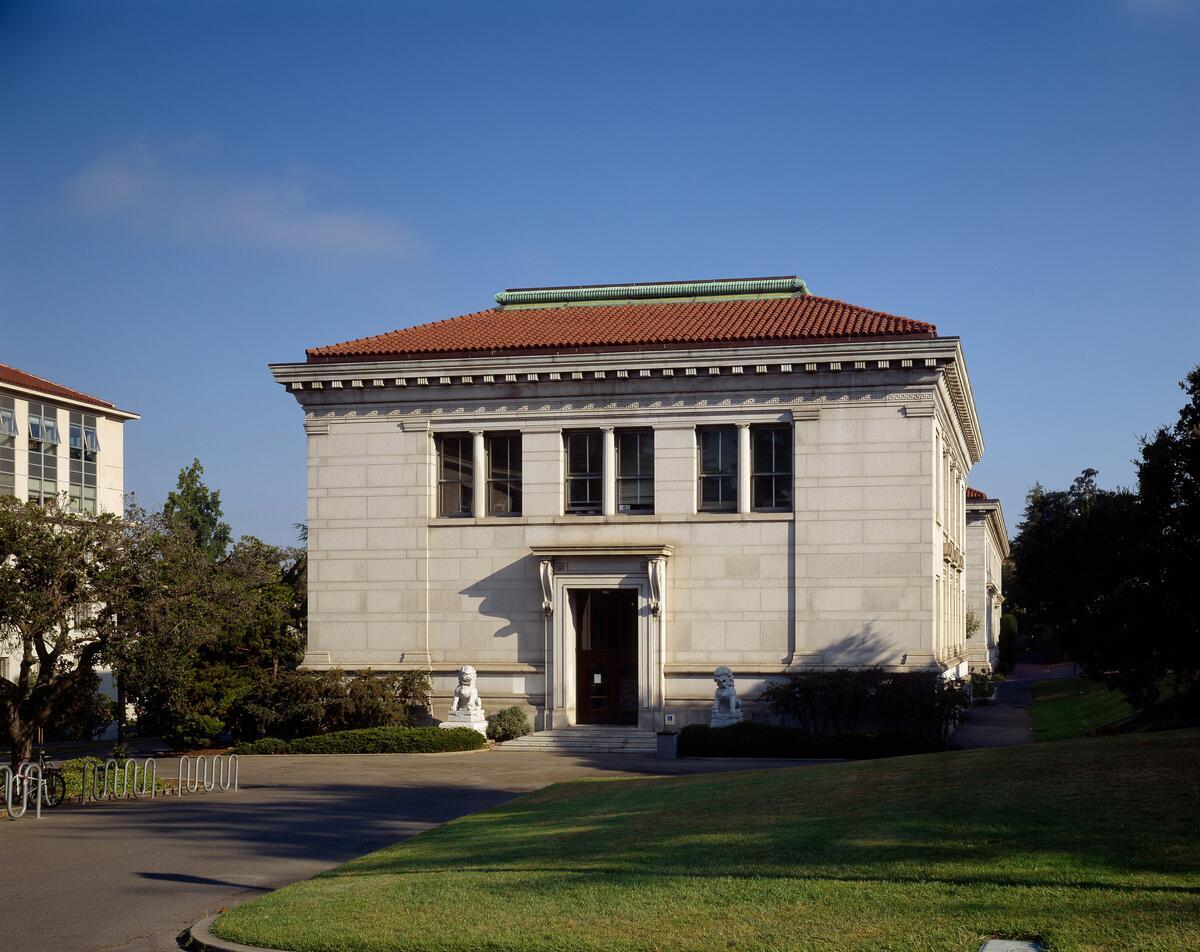
Durant Hall was originally home to the law school, which has long since moved up to the campus’s southeast corner. Recently overhauled and retrofitted, Durant houses the Office of Undergraduate Research and deans and staff of the College of Letters & Science. There’s a beautiful atrium on its top floor.

Sproul Plaza is the epicenter of student life at Berkeley. The plaza was added to the campus in the late 1950s. Soon after, in 1964-’65, student activists launched the Free Speech Movement to preserve this as a place for free expression. To this day, students gather here for rallies and demonstrations, and to promote their student organizations — on everything from religion to sports, politics, and public service (here and around the globe).

Built in 1910, Sather Gate was a gift of Jane Sather in memory of her late husband, UC benefactor Peder Sather. With its beautiful Beaux Art-style bronze arch and globe lanterns, the gate has become a campus icon. It includes sculptures of male and female nudes representing eight fields of learning. Originally considered risqué, the nudes were promptly removed. They were discovered in storage in the 1970s and were eventually reattached. Sather Gate has played cameo roles in several Hollywood movies, including ‘Made in America’ — with Whoopi Goldberg riding through the gate on a motorcycle — and the romantic comedy ‘Boys and Girls.’

Sproul Hall is named for Robert Gordon Sproul, a Berkeley graduate and the 11th UC president (1930-1958). Many campus administrative offices are found here — among them undergraduate and graduate admissions, the registrar, financial aid, Campus Life & Leadership and the UC Police. Campus tours, led by student guides, start here — from Public Affairs’ first-floor office.

What’s now called Haas Pavilion was built in 1933 and overhauled and expanded in 1999. Golden Bear fans flock here to catch the excitement of Cal basketball and volleyball players in action. The pavilion seats up to 12,000. Trophies and memorabilia — recalling Cal Athletics traditions, high moments and champions — line the lobby and corridors.

The Recreational Sports Facility (RSF), Berkeley’s on-campus workout center, was built entirely with student fees, rather than donations from university benefactors. Available to students for only $10 per semester, it’s the cheapest gym membership they’ll ever have!
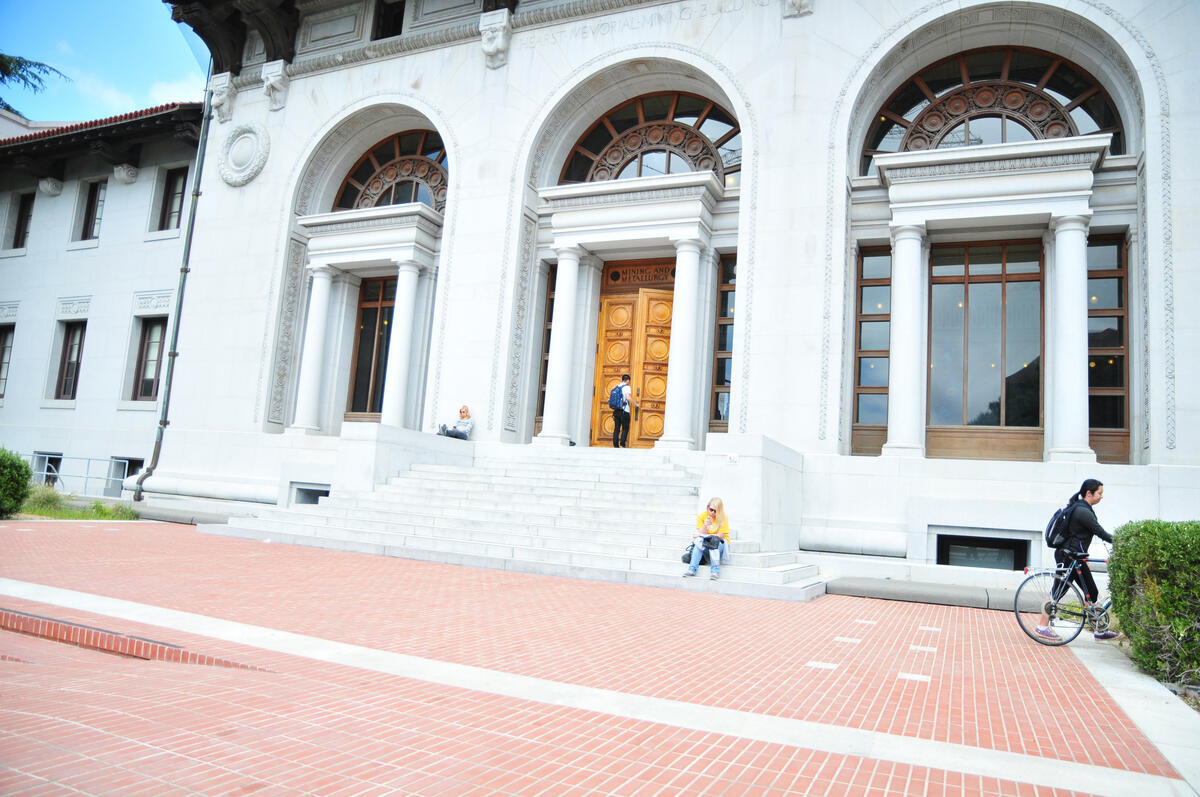
As its name suggests, the Hearst Memorial Mining Building was originally dedicated to the study of mining and metallurgy. Today it’s home to teaching and research in materials science and nanotechnology. Sometimes said to be the most beautiful building on campus, the building has been seismically retrofitted with an cutting-edge system of base isolators. In an earthquake, these would allow the building to roll as much as two feet in any horizontal direction to dissipate the quake’s energy.

Stanley Hall opened in 2007 and is one of the newest buildings on campus. It is named for Wendell Stanley, a UC Berkeley biochemist and virologist who received the 1946 Nobel Prize in Chemistry. The bioengineering department is housed at Stanley, along with 40 research labs affiliated with the multi-campus California Institute for Quantitative Biosciences (QB3). Here, experts in biology, chemistry and engineering work collaboratively to accelerate the process of discovery and improve our quality of life.
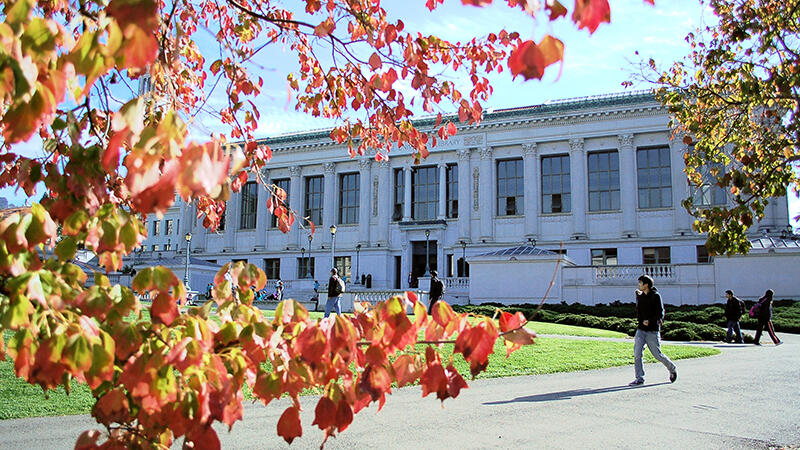
Doe Library is named for Charles Franklin Doe, who came from Maine in 1857 as a schoolteacher and made his fortune in California. He left a quarter of his estate to the university for construction of a new library. The Beaux Arts building, which features the magnificently restored North Reading Room and the cozy Morrison Library, was the centerpiece of architect John Galen Howard’s classical campus ensemble. The placement of Athena, the Greek goddess of wisdom, over the main entrance reflects Berkeley’s aspiration to become the ‘Athens of the West.’ The building was placed on the National Register of Historic Places in 1982. A four-story underground addition, the Gardner Stacks, opened in 1995 to provide more space for the library’s holdings.

South Hall is the oldest building at Berkeley (and the UC system) — completed the year the university relocated from Oakland to Berkeley, in 1873. Originally this building housed the College of Agriculture; it also held the nation’s first physics lab. Today, ironically, this historic building is home to Berkeley’s newest school, the Graduate School of Information.
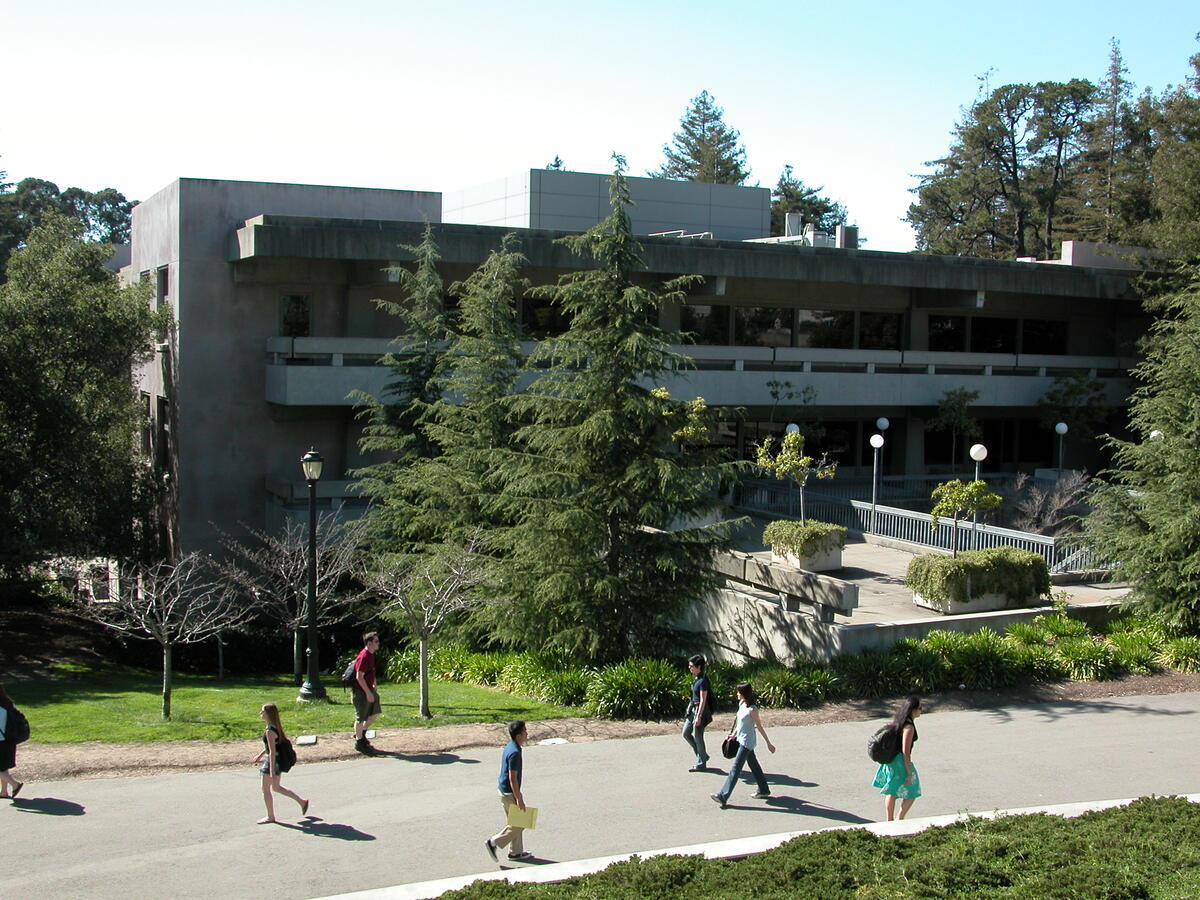
The open-stack Moffitt Undergraduate Library is one of the busiest undergraduate libraries in the nation; it also houses the popular Free Speech Movement Café. Named for James K. Moffitt, an 1886 Berkeley graduate and UC Regent from 1911-48, it was designed by John Warnecke.
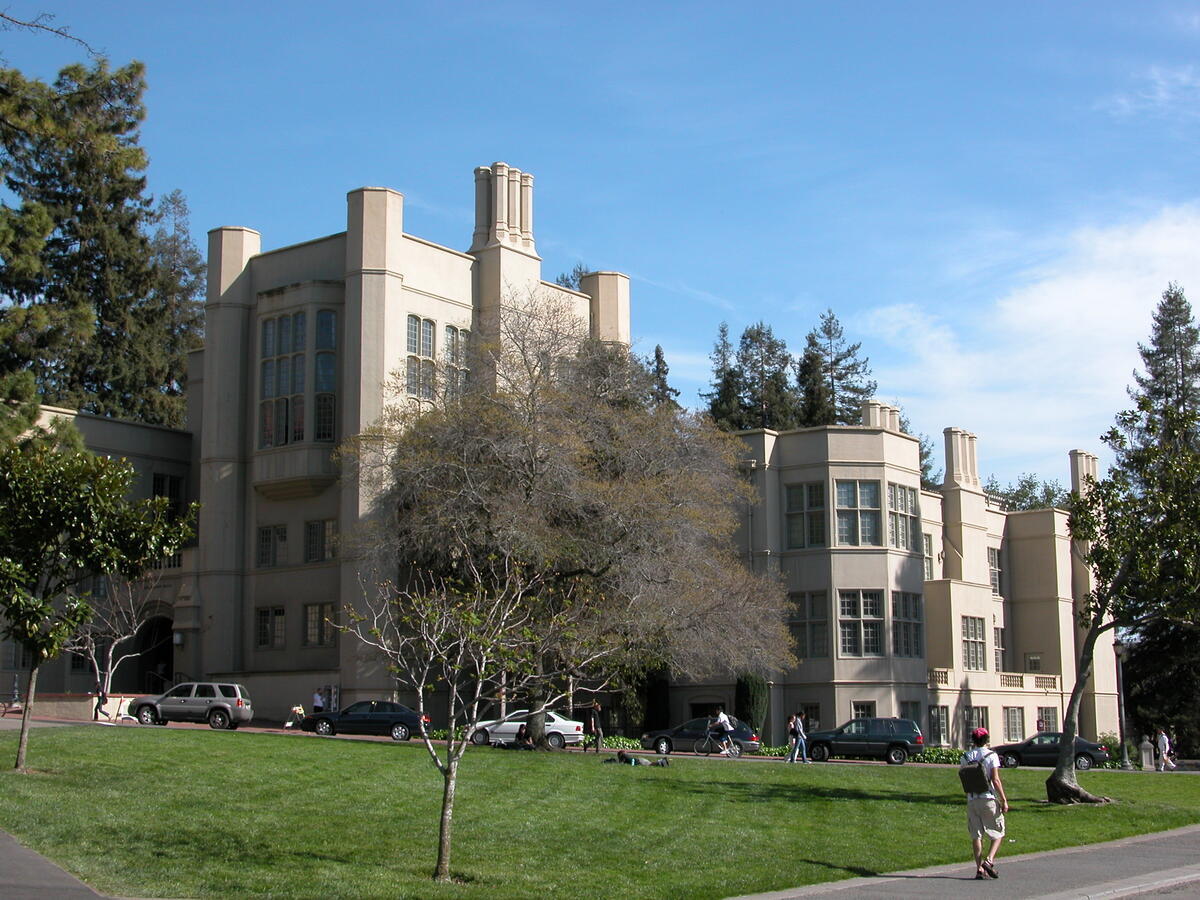
Built in the Collegiate Gothic style of architecture, Stephens Hall was originally home to the campus’s student union. Today this is where you’ll find International & Area Studies programs — focusing, for example, on Asia or Latin America or peace and conflict. It also houses Education Abroad — through which students from Berkeley and other UC campus study together in foreign countries. Its programs, in more than 30 nations, specialize in everything from immersion language learning to biological surveys of island ecosystems.

Berkeley’s vast collection of East Asian manuscripts and artifacts — assembled over the past century — is housed in the C. V. Starr East Asian Library, the first freestanding structure at a U.S. university erected solely for East Asian collections. The library is home to more than 900,000 volumes, primarily in Chinese, Japanese, and Korean, plus thousands of manuscripts, rubbings, and the largest and most valuable collection of historic Japanese maps outside of Japan. It is also the largest U.S. academic repository of materials on the People’s Republic of China. It is named for the late Cornelius Vander Starr, an insurance pioneer with a deep interest in Asia and a major donor to the building fund for the library.
